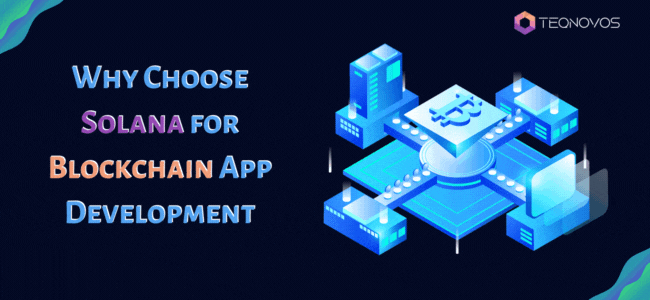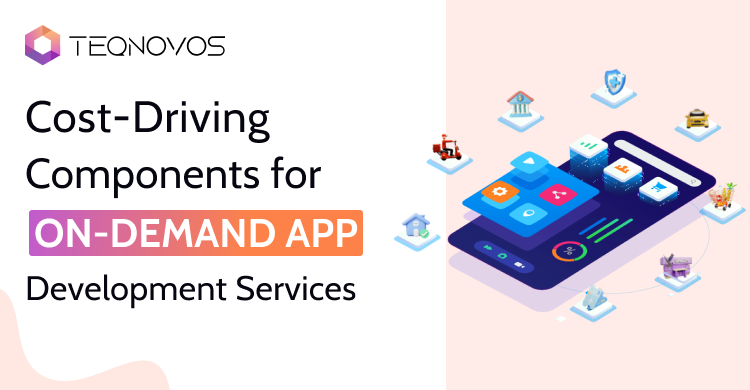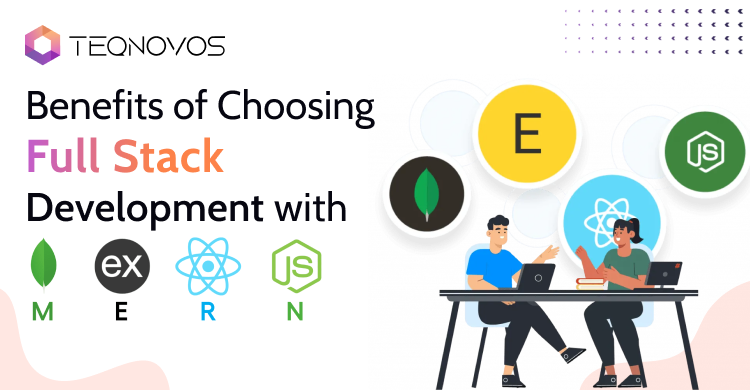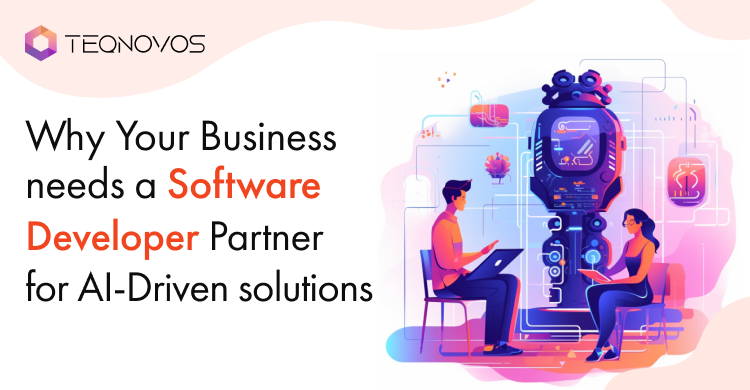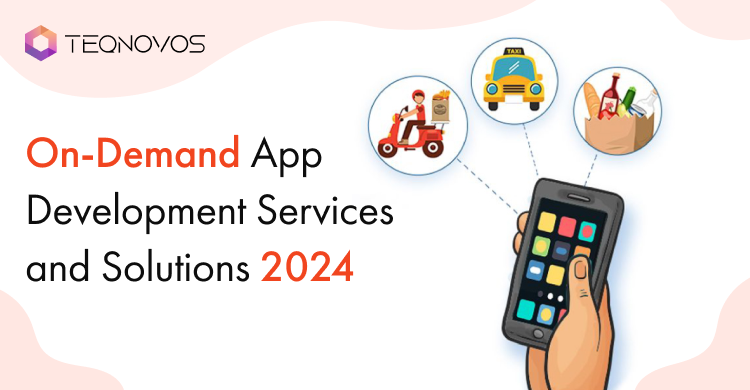Why Choose Solana for Blockchain App Development?
Solana, the next-generation decentralized blockchain, is taking a flight of popularity among the masses. It is a scalable project that utilizes multiple modern technologies.
Launched in 2017, Solana is a secure decentralized infrastructure that can support a large number of nodes without compromising performance. Also, it is one of the fastest growing blockchains in the world and resembles its competitor, Ethereum.
What is Solana?
The Solana blockchain uses the proof-of-history consensus mechanism and is an ideal choice for creating NFT marketplaces, NFTs, dApps, DeFi, and more. The open infrastructure offered by Solana for Blockchain App Development is adaptable and makes application development efficient. Also, dApps developed on Solana are highly secure and offer high performance.
Solana uses the combination of proof of stake and proof of history consensus to enhance the performance and scalability of dApps. It can handle over 50,000 transactions per second (TPS), which makes it the fastest blockchain to date. The high transaction speed is a key reason why businesses use Solana for blockchain app development.
Key Attributes of Solana for Blockchain App Development
Following are the primary attributes of Solana which make it a great option for blockchain app development:
-
Proof Of History (PoH)
Proof of History is a consensus mechanism that is the building block of Solana. It boosts network efficiency by acting as a cryptographic clock. Each node has its own clock which makes it possible for nodes to synchronize automatically whenever an event happens in the network.
-
BFT Tower (Byzantine Fault Tolerance)
The practical byzantine fault tolerance, also known as the Tower BFT, is an algorithm that makes use of PoH to reach a consensus. The PoH acts as a cryptographic clock to make synchronization among nodes possible without the need for exchanging messages. Solana blockchain leverage BFT Tower to achieve consensus and enable fast transactions.
-
Sealevel
Sealevel is a runtime that gives a decentralized network to process multiple transactions parallelly. As Solana makes use of Sealevel, it has the ability to grow horizontally across the computing resources such as SSDs and GPUs.
-
Pipeline
It is a type of transaction processing used for optimizing the validation process. Pipelining is a popular practice for speeding up the execution of instructions by a CPU. Also, it helps to make sure that the instructions get executed in an orderly manner. Solana also makes use of pipelining so that its nodes can quickly duplicate and validate transactions.
-
Cloudbreak
Solana uses the cloud break data structure, which makes the blockchain network robust and scalable. It helps to manage the database of accounts so that it becomes possible for the network to perform 32 reads and writes simultaneously.
-
Gulf Stream
It is a transaction forwarding mechanism without a Mempool. Solana can reach up to 50,000 TPS with the Gulf Stream. Managing cache transactions and sending them to the network’s edge is done by the protocol. It cuts down on the confirmation time, and the memory demands from the validators driven from the unconfirmed transaction pools. This task is managed by enabling the network validators beforehand for the execution of transactions.
-
Turbine
The turbine is a block propagation technology that divides data into small chunks for facilitating data flow between nodes. Solana uses this technology for improving the overall network transaction performance improvement and managing bandwidth-related concerns.
-
Archive
It acts as distributor ledger storage – the place where data storage takes place. It is a network of nodes that connects Solana validators to the archivers. The archiver nodes used to store data from the network can be simple laptops and PCs.
Why Choose Solana for Blockchain App Development?
Solana shares similarities with its rival blockchain Ethereum, but in many aspects, it can be considered far superior. Firstly, the transaction speed of Solana is far higher than any of its competitors. Also, the cost of processing a transaction is significantly low when it comes to Solana.
Usually, blockchains like Ethereum have low transaction speed and high network congestion. The transaction fee or Gas Fee charged for processing a transaction on the Ethereum blockchain is quite high. Also, when there is network congestion, the Gas Fee increases significantly whenever there is congestion in the network. On the other hand, network congestion isn’t a big problem in Solana, all thanks to its ability to process a high number of transactions per second.
Interaction with numerous apps is possible by using a wallet that has SOL or other Solana-based tokens, such as Phantom and Sollet. Users can also buy NFTs on the Solanart Marketplace. Further, it is possible to use a decentralized exchange software like Raydium to exchange coins. A user has to pay only a small fee for every action on the Solana for blockchain app development, which is a major advantage over Ethereum.
Conclusion
Solana has emerged as one of the most promising blockchains for developing various blockchain solutions. It is a well-managed network that is supported by big names in the crypto space, including FTX.
A promising ecosystem and low transaction fees make Solana a prime choice for developing dApps. If you are interested in Solana for blockchain app development and want to learn how your business can benefit from it, you need to contact a leading blockchain development company.










